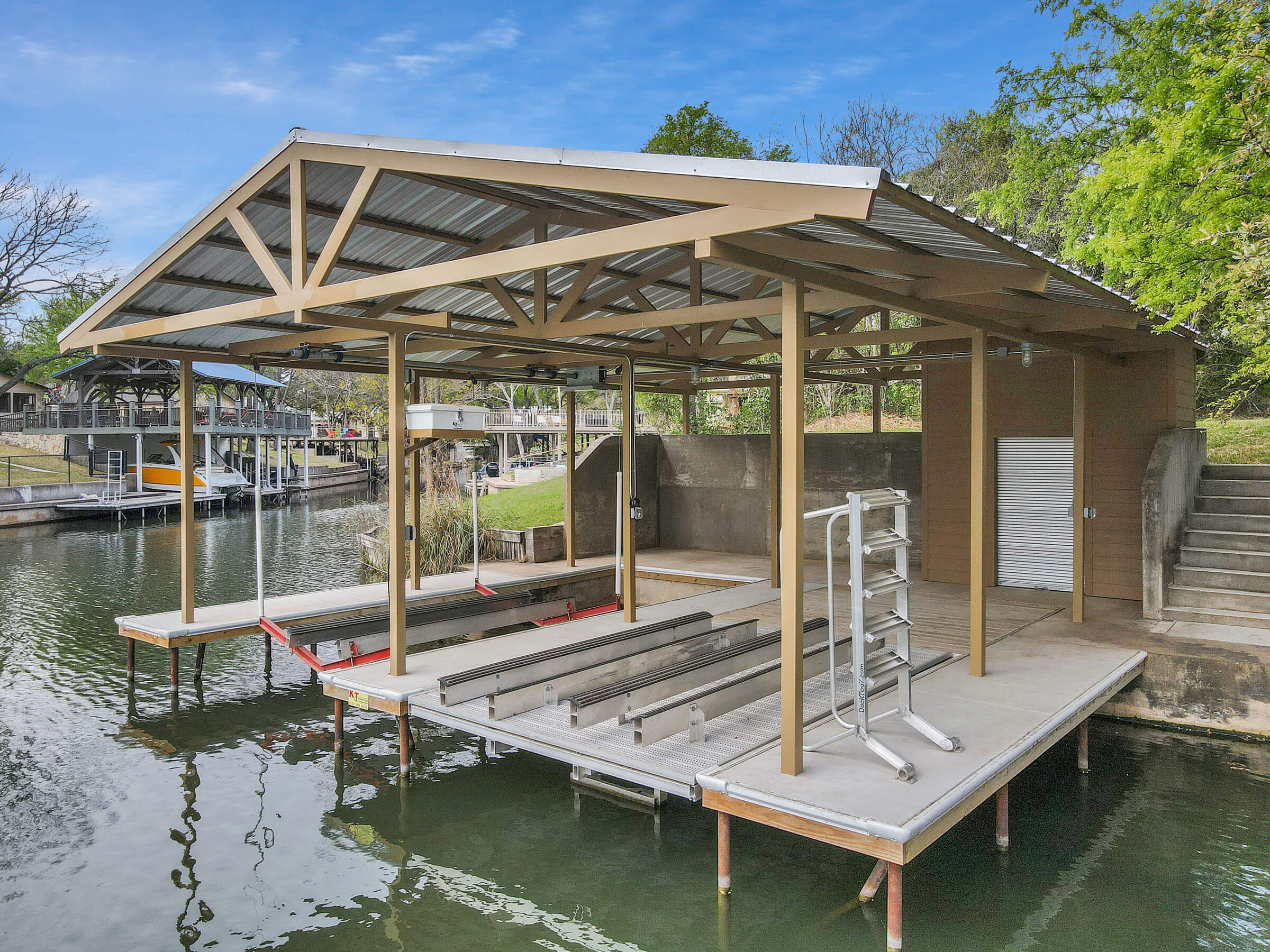
Image Source: Google
Having a residential dock can be a wonderful addition to your waterfront property. It not only enhances the aesthetics of your home but also provides a functional space for docking boats, fishing, or simply enjoying the serene waterside views. For more information about residential dock construction, you may look at this website.
If you're considering building a dock for your property, this comprehensive guide will walk you through everything you need to know from the initial design phase to the construction process.
Designing Your Residential Dock
1. Determine the Purpose of Your Dock
- Decide whether you want your dock primarily for boat docking, fishing, swimming, or a combination of activities.
- Consider the size of your waterfront property and how much space you have available for the dock.
2. Choose the Right Dock Style
- Floating docks are versatile and can adjust to water level changes.
- Fixed docks are more stable and durable but may require permits in some areas.
- Raised docks provide protection against waves and offer additional space underneath.
Permitting and Regulations
1. Check Local Regulations
- Research the zoning laws, environmental regulations, and permit requirements in your area related to building a residential dock.
- Consult with your local municipality or a professional to ensure you comply with all regulations.
2. Obtain Necessary Permits
- Submit permit applications to the relevant authorities and obtain approvals before starting any construction.
- Permits may include environmental impact assessments, shoreline development permits, and construction permits.
Choosing Materials and Equipment
1. Select the Right Materials
- Pressure-treated wood is a popular choice for docks due to its durability and cost-effectiveness.
- Composite materials offer low maintenance and resistance to rot, decay, and insect infestation.
- Steel and aluminum docks are sturdy and long-lasting but may be more expensive.
2. Gather Necessary Equipment
- Essential equipment may include a circular saw, drill, hammer, level, measuring tape, and safety gear.
- Consider renting specialized equipment like pile drivers or a mini-excavator for larger projects.
Construction Process
1. Prepare the Site
- Clear the area of debris, rocks, and vegetation where the dock will be built.
- Mark the perimeter of the dock using stakes and string to outline the structure.
2. Install the Foundation
- Drive pilings into the lake or riverbed to create a stable foundation for the dock.
- Secure the pilings in place using braces and ensure they are level and evenly spaced.
3. Build the Dock Structure
- Construct the frame of the dock using the selected materials and equipment.
- Add decking, railings, and any additional features according to your design plan.
4. Install Safety Features
- Ensure the dock has proper lighting for nighttime use and is equipped with life rings or safety ladders.
- Consider adding non-slip surfaces and handrails to prevent slips and falls.
Maintenance and Upkeep
1. Regular Inspections
- Inspect the dock for any signs of wear and tear, loose components, or damage caused by weather or water conditions.
- Check the stability of the pilings and fastenings to ensure the dock remains safe and secure.
2. Cleaning and Repairs
- Clean the dock regularly to remove debris, algae, and mold buildup that can cause slippery surfaces.
- Repair any damaged boards, railings, or hardware to maintain the structural integrity of the dock.
3. Seasonal Maintenance
- Winterize your dock by removing any accessories, securing loose items, and protecting it from ice and snow damage.
- In the spring, inspect the dock for any winter damage and prepare it for the upcoming boating season.
By following this ultimate guide, you can design and build the residential dock of your dreams that not only enhances your property but also provides a functional and enjoyable waterfront space for years to come.